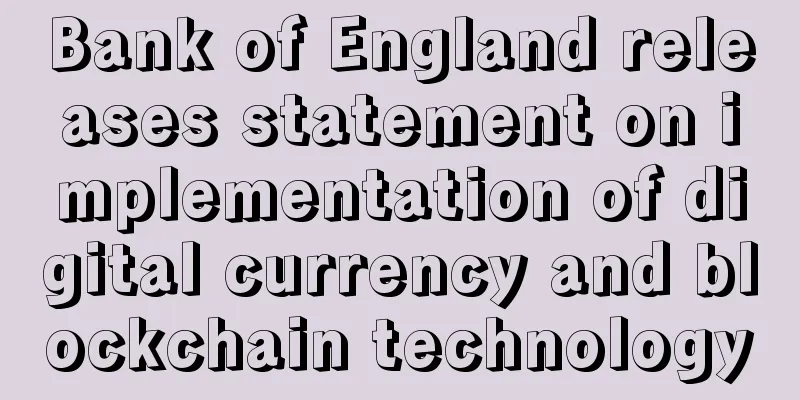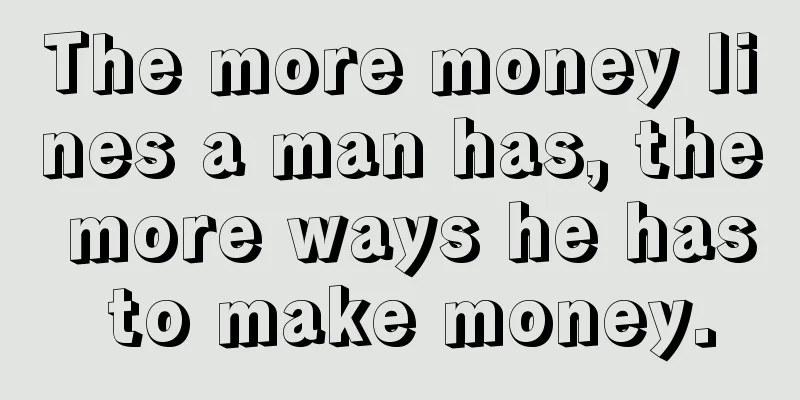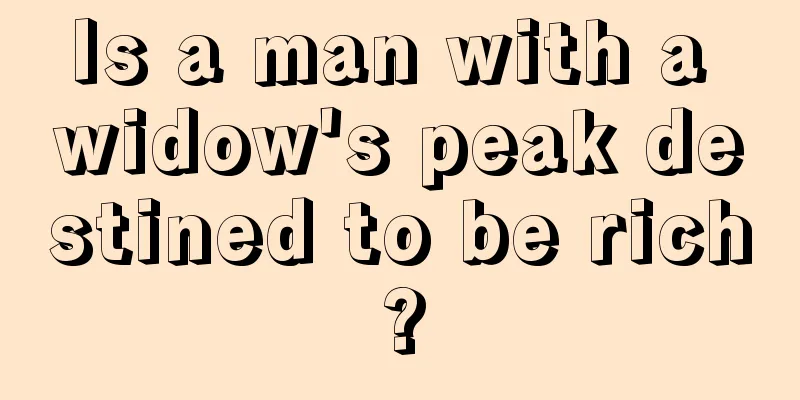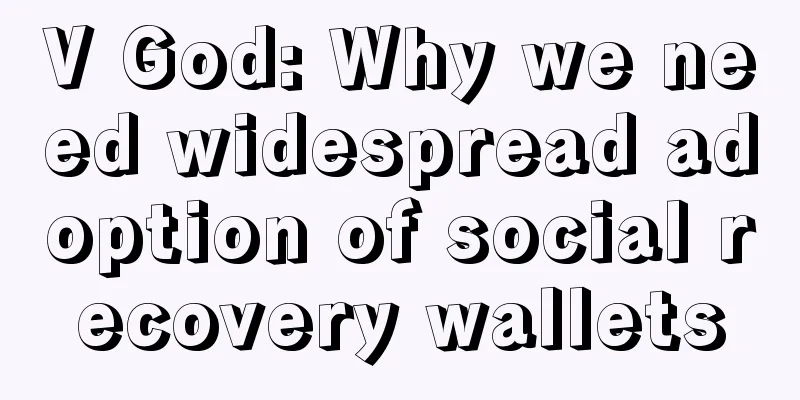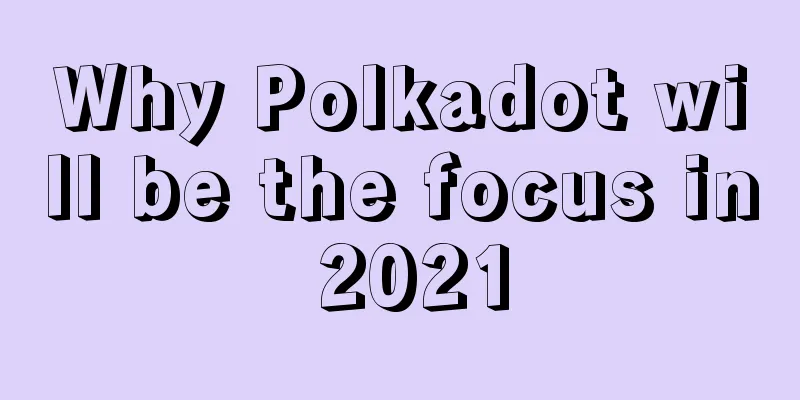How can the value network blockchain disrupt urban life by removing intermediaries?

|
Many upcoming trends can provide new opportunities for urban reform. From driverless cars to the sharing economy, cloud computing, and blockchain technology, each of these new trends is important. However, only when these disruptive forces are brought together can innovation be driven and real value created. Take blockchain and the sharing economy, for example. The combination of these two concepts can completely disrupt well-known companies such as Uber and Airbnb. The success of these companies lies in their ability to deploy consumer assets and create new value from them. Essentially, these companies rely on others to deliver services by creating digital platforms that take advantage of “excess capacity” (for example, Uber uses empty seats in private cars to create a win-win for passengers and drivers). Companies committed to the "sharing economy" simply aggregate various services together and carry out deeper business applications after integrating valuable data. But will this business model be challenged? Can those who truly deliver services and value benefit from technological reforms? Is there really a technology that can completely remove third parties and allow P2P cooperation with a distributed management architecture? What exactly does the P2P market look like? Blockchain technology is the answer to all of the above problems. How is blockchain different?You can think of blockchain as the second generation of the Internet, a transition from information network to value network. Blockchain allows suppliers and consumers — and even competitors — to share a decentralized digital ledger across a network of computers, eliminating the need for a central authority. Assets in the blockchain can be financial, legal, physical or electronic. Blockchain records cannot be altered by any participant - complex algorithms guarantee the integrity of the participants, ensuring data authenticity and transaction verification. But the impact of blockchain is not limited to financial services and transactions. The real value of this technology lies in enabling trust-based interactions and accelerating the transition from a centralized management model to a distributed network of P2P cooperation. Centralized institutions act as intermediaries in value transactions. Currently, such institutions may be at risk of being disrupted because P2P interactions in the blockchain can provide equivalent services. Blockchain provides a way for service providers to collaborate and create more value for them. The functions of smart agents in blockchain are basically the same as those of service aggregators. The technology's trust protocol enables the formation of autonomous organizations (communities) whose managers also create value. All revenues of these organizations belong to their members, who also have platform control and decision-making power. Here, trust is not established by a third party, but is determined by cryptographic consensus set by smart code. Reform has begunBlockchain technology is already on the path to practical deployment. Arcade City is a global community dedicated to P2P services that plans to launch a carpooling service on the blockchain: passengers must first purchase a digital currency (token), create an order and set a specific amount; then the driver confirms the order, checks the amount set by the passenger, and then sets out to pick up the passenger; after the passenger confirms arrival at the destination, the blockchain will pay the fare as soon as possible. Arcade City also has a "city government" that will review the blockchain system for three years before confirming that it meets decentralized standards and will not open it for operation. This distributed, public record technology can also be used in multiple areas of urban development. For example, an energy startup in Perth, Australia, is currently testing a P2P technology solution based on blockchain technology to trade excess energy produced by solar panels used by households. The carefully designed code establishes a direct connection between suppliers and consumers, bypassing the energy supplier as an intermediary. Still searching for answersBlockchain technology and its ecosystem are experiencing rapid development, which may have generated more questions than answers. How can we create a transparent management system while ensuring the longevity of the blockchain? How should security, speed, cost and, most importantly, the regulatory process be achieved? Like other disruptive technologies, there will be winners and losers in the blockchain system. If this technology can successfully manage its expansion, it will definitely subvert established standards and help society transform. Today, most of consumers' personal data is in the hands of centralized institutions, and data security is difficult to ensure. In the world of blockchain, consumers can monetize their data to create greater value. By understanding and using blockchain technology, we can reform the digital platform of future cities. Blockchain will become the operating system of the city, providing citizens with more efficient services, goods and economic models. However, the technology is still far from mature. Whether expectations and reality can match remains to be seen. But in many ways, blockchain today is like the Internet in the 1990s. Few people anticipated the importance of the Internet at the time. If we had realized the impact of the Internet 20 years ago, would the way value is created today be different? As is the case with blockchain today, once the hype dies down and we begin to explore the possibilities, the transformative potential of this technology will become even more compelling. |
Recommend
Mole on a woman's lips_ Mole analysis
The functions of the mouth are nothing more than ...
Is it good to see double love lines in palmistry?
Is it good to see double love lines in palmistry?...
What kind of Yintang is counterproductive
What kind of Yintang is counterproductive People ...
African banks begin to harness blockchain’s potential
Rage Review : This summer, Absa Bank, one of the ...
What is the fate of the ring finger?
What is the fate of the ring finger? 1. Standard ...
Palmistry to see the situation of extramarital affair
An affair means having a mistress. In today's...
What are the characteristics of a woman with high cheekbones?
If a woman has high cheekbones, then what kind of...
What is the relationship between the couple if the marriage line forks at the beginning?
How to read the marriage line in palmistry? There...
The secret of fortune and luck in the year based on the eight characters
The calendar used to interpret the eight characte...
How to judge a person's character from his face
How can a person's character be seen at a gla...
The man who is best at making his wife happy
Nowadays, although men who are dominated by their...
What does it mean when the wisdom line forks in the palm?
What does it mean when the wisdom line forks in t...
Hindsight is often used to pretend to be smart after something has happened.
Some people usually keep silent, and they also ke...
Ordinary people have no destiny with Bitcoin
The year of 2020, which was full of disasters, ha...
No one can change the face of the decision
Many times, once a person has made up his mind, i...





